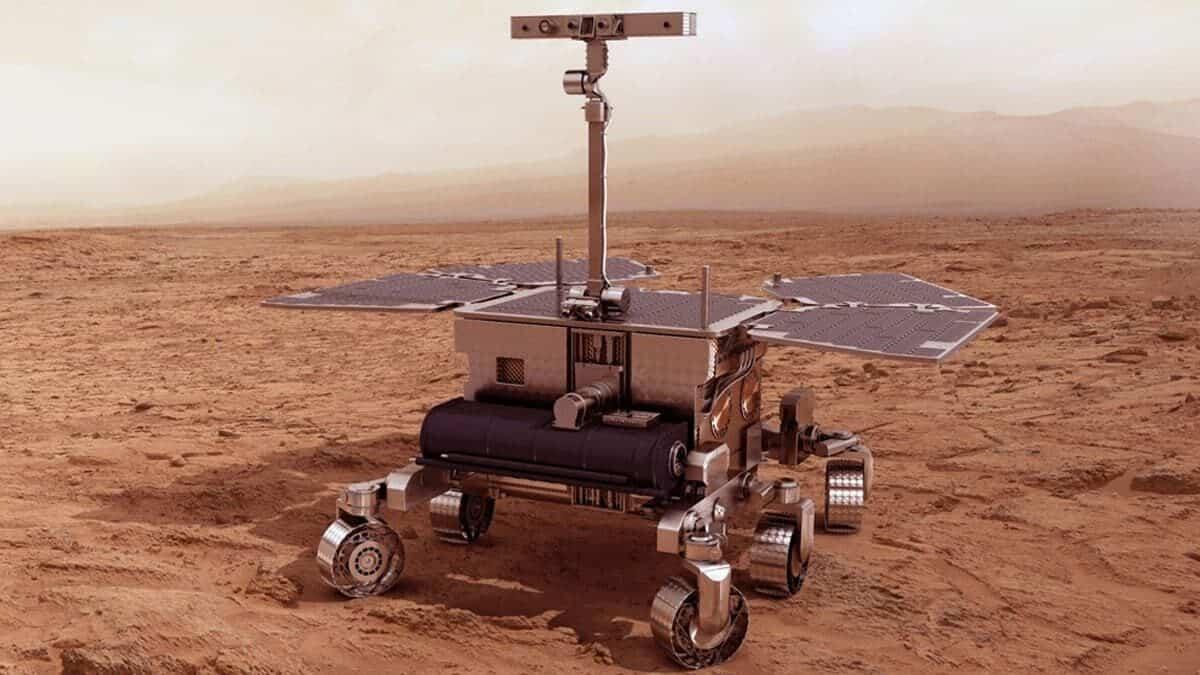ExoMars is the European Space Agency’s programme to explore the Martian environment.
The ExoMars Rover mission will pioneer new ways to explore the surface of Mars and carry out advanced science, looking for evidence of past or present life.
The success of the scientific experiments depends on the six-wheeled rover vehicle which is designed and built by Airbus Defence and Space in Stevenage.
The ExoMars Rover will find its way over the terrain using autonomous navigation to avoid obstructions rather than relying on direct control signals from Earth, allowing more time for science rather than on navigation.
The rover will be equipped with a drill able to take samples up to two metres below the surface where they are protected from the harsh solar radiation. The samples will be analysed on-board the rover and the results sent to Earth.
A series of prototype rovers has been used since 2007 to thoroughly evaluate the design of the locomotion and navigation systems and to perfect improvements. Each prototype is given a nickname by the development team. First there was Bridget then Bruno and the latest is Bryan.
A successful conclusion to this mission will pave the way for a future ‘Mars sample return mission’ to bring back samples from the planet.
Fun facts about the Mars Rover
- Travels at a maximum speed of 2 centimetres per second on the flat, can cover up to 70 metres per day when navigating autonomously and is expected to travel up to 4 km over the six months duration of the mission
- The six 285 mm flexible wheels are metal because rubber cannot be sent to Mars as it is an organic material
- Each wheel has three motors which can be independently steered 90° left or right to let the rover move sideways or rotate on the spot
- There are 50 motors in total: to power the drill, elevate the mast, control the cameras, deploy its solar panels and, of course, to drive the wheels
- The design allows the rover to climb inclines of up to 26° without toppling over
- The five solar panels is the only source of power for the rover
- Communication with Earth happens twice each Martian day by a radio link using orbiting satellites, and may have a radio signal delay of up to 20 minutes each way
- The autonomous navigation system that uses a stereo pair of navigation cameras on a two metre mast which map the safest and fastest route to a target and a stereo pair of localisation cameras mounted on the rover’s body to locate the position of the vehicle and also assist in identifying any wheel spin
- The rover cannot carry anything that could contaminate Mars and so will be manufactured in a special clean facility
You can hear Deep Space High: Destination Mars on Fun Kids Radio or listen to the series below!





